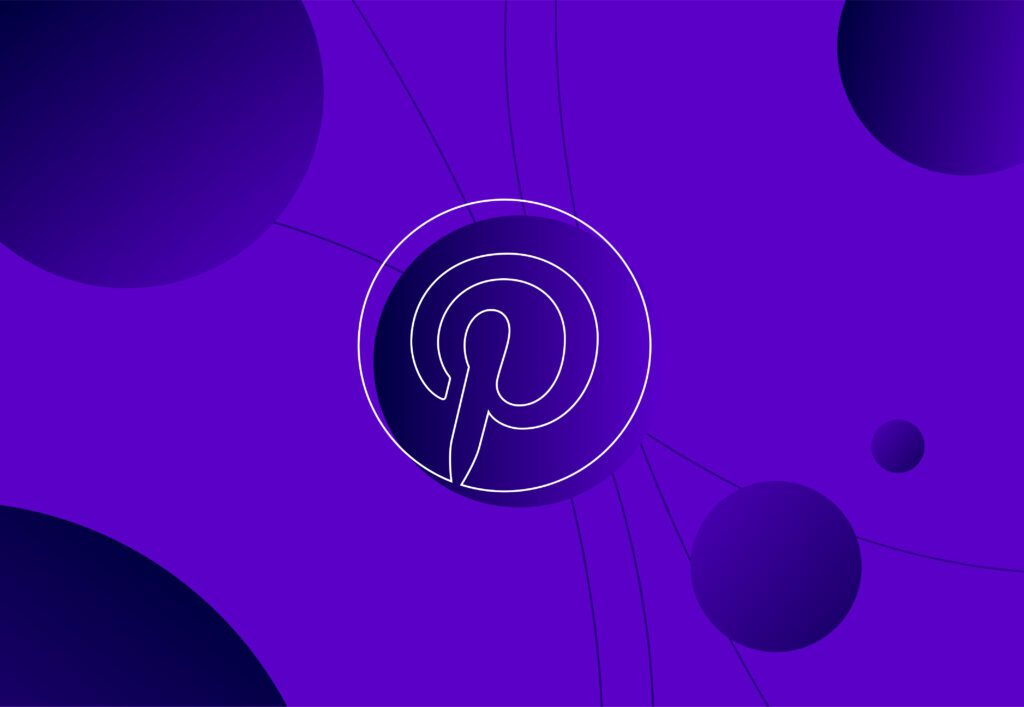
Social media best practices
With so many changes and updates constantly happening across each social platform, it’s important to have a thorough understanding of the ‘best practices’ for each platform individually.
WHAT DO WE MEAN BY ‘BEST PRACTICES’?
They are the recommendations platforms give to make the most of their features and run the most efficient, successful campaigns possible. Best practices apply across every part of the advertising process, from creative design, campaign setup, targeting, and bidding strategies. The aim of following best practices is to allow each platform to utilise its machine learning capabilities where appropriate, whilst still giving you control over creative and targeting, giving your campaigns a personal touch. Best practices help marketers keep up with the ever-changing algorithms of each platform and follow the most up-to-date methods of advertising.
Our team have over 20 years of combined experience creating and implementing paid social strategies that follow all the essential ‘best practices’. If you are looking for support with any aspect of paid social, Embryo can help. Get in touch with us and lets start your journey to paid social success today!
Let’s break down the social media best practices per platform
Below we have outlined the key best practices you should follow when creating and posting content on different platforms.

Facebook provides multiple recommendations to follow to ensure your content is optimised towards their platform.
- ‘Use vertical videos’- content consumed on mobiles is best displayed vertically to ensure everything is in the frame and properly visible.
- ‘Shorten text’- With people’s attention spans decreasing continuously, it’s essential to get your message across straight away before users scroll and your ad is lost in the feed.
- Meta is pushing carousel formats to increase engagement. This can also be a good way to tell your brand story or take users on a journey.
- Meta encourages you to ‘ad movement’ to your reel ads to make them stand out in the feed. They encourage the use of templates in Meta Ads Manager to help you create videos.
- Meta offers a text optimisation feature for headlines, primary text, and descriptions.
- Meta has multiple AI functions under ‘Advantage+’ which they recommend as best practice to use in Facebook ads.
- Use a call to action (CTA) to encourage engagement with the ad and send people to your chosen landing page.
- Meta recommends keeping your Facebook account structure simple where possible.
Instagram has multiple recommendations on best practices for each ad format:
1
Reels
Use content that fills the whole screen- similar to Facebook it’s important to film content vertically so that the whole screen is filled, since most people will be using the app on a mobile.
Use a call to action within the first few seconds of the reel. This rule applies to most platforms, as it’s increasingly important to grab people’s attention before they scroll.
Native content is key- create reels that don’t feel like ads for increased engagement.
2
Carousels
‘Use strong creative on each slide’ – don’t just use a strong asset as a hook and then not provide any value or information.
‘Ensure that the headlines on each slide correlate with the creative.’ – let people know exactly what they’re looking at by aligning your imagery and messaging.
Meta recommends using a call to action not only at the end of your carousel but on each slide to encourage users to take action and engage.
3
Stories
Instagram encourages you to make the most out of ‘the space you have’. Stories provide a large amount of space to advertise.
Don’t use the wrong ratios; the correct ratio for Instagram stories is 9:16.
Similarly to Facebook, native content works best, so make naturally engaging stories. If people can tell you’re trying to sell them something they will probably skip right past; you want to produce content that your audience connects with.

With Facebook and Instagram both being under Meta, they have similar best practices. However, LinkedIn is a very different platform with very different recommendations.
On LinkedIn, it’s all about ‘location, location, location’. As the location is the only mandatory targeting field on LinkedIn, it’s important to know exactly where you want to target before you build your ads.
Be tactical when building your audience. LinkedIn targeting has different options to Meta and includes things like job title, job seniority and years of experience, so make sure you are aware of how each one will affect your targeting and plan accordingly. More information about building your audience can be found here
Although it may be tempting to use all of the many targeting options available on LinkedIn, best practice recommends you don’t ‘hyper target’ and make your audience too narrow. The best practice is to have a target audience of ‘over 50,000 for sponsored ads and text ads and 15,000 for message ads.’ To assist with the size of your audience, LinkedIn has a feature called ‘Audience Expansion’ or ‘Lookalike Audiences’ which allows LinkedIn to find additional audience members.
LinkedIn top tip
Once you’ve established exactly who you want to target and have followed all best practices for creating an audience, it’s equally as important to tailor your creative accordingly. If the audience is exactly right but your creative falls flat, all the effort of creating the audience in the first place will have been wasted. This is where the ‘test and learn’ strategy that we adopt at Embryo is particularly important- testing different ad formats and creatives will help you to narrow down what works and what doesn’t, and will therefore prevent you from wasting your budget.
It’s best practice on LinkedIn to A/B test your audiences. LinkedIn recommends this to narrow down who to target, and the social team at Embryo also recommends it as part of our ‘test and learn’ strategy.

Pinterest has its own official guidance for its best practices. This differs from format to format:
-
For static images, Pinterest says the best practices are:
- Vertical images- using the right aspect ratios is really important for user experience. Pinterest aspect ratios can be found here: (link)
- Make the brand the focal point- abstract images can be confusing for users and they probably won’t leave with a strong impression of your brand.
- Include logo- Pinterest recommends putting a logo on every pin you make for brand awareness, but be careful to avoid the bottom right corner as this is where your profile icon will be.
- Text overlay- include concise copy and separate pins for each country you’re targeting so text can be translated.
- Optimise copy- clear titles and descriptions can help the searchability of your pins.
- Check links- ensure your landing page aligns with whatever you’re trying to push. Your ad tells people what to expect if they take action and click the link, so this must directly align.
- Use the right ratios- similar to any platform, aspect ratios are really important to make sure content is optimised.
Array
(
[section_id] =>
[margin_top] =>
[margin_bottom] =>
[padding_top] =>
[padding_bottom] =>
[enable_form_cta] => 1
[enable_image_full_height] =>
)

TikTok
Being the newest of all the major platforms, it has different algorithms, different users, and therefore different best practices to follow to help your ads succeed. TikTok provides recommendations on how to make your content native to their platform:
Although sometimes it may be tempting to reuse assets from other platforms to save budget, that’s a big no-no on TikTok. TikTok has a very distinctive style of video, pushing attention-grabbing clips with sounds and hooks, even more so than other platforms. What works on Instagram reels will not necessarily work on TikTok, so it’s vital to create TikTok-native content. If your video stands out as an ad people will scroll immediately.
TikTok is arguably the most trend-led platform, with new trends emerging every day. TikTok’s best practice is to lean into this and use trends as storytelling templates. This doesn’t necessarily mean following every single trend down to a tee, but finding ways to incorporate trends into your strategy and be reactive is key to staying relevant on TikTok.
Having good ‘production principles’ is another one of TikTok’s best practices. This means filming videos vertically as TikTok is primarily a mobile app and being aware of ‘safe space’ e.g. not putting captions where your username will show etc… TikTok’s best practice is also to have high-quality videos, although it’s important to note that it’s a platform for user-generated content, so if an ad is too polished it will stand out.
According to TikTok ‘90% of ad recall impact is captured within the first six seconds’ so giving users value and hooking them early is vital. The body of the video should tell your brand’s story. TikTok states ‘ads showing the product on screen drive a 65% increase in brand affinity and 25% uplift in recall’- the body of the video is the time to let your brand shine. Finally, to drive action from viewers, the best practice is to use a CTA card instead of interrupting your video. According to TikTok, CTA cards ‘lead to a 45% lift in recall and a 19% increase in likeability.’
TikTok has a choppier editing style than other platforms and users need to be immediately hooked. TikTok’s best practice is to use ‘Editing techniques like music, transitions, movement, text overlay, emojis, and branding’ to ‘create interest and capture attention’

Social media best practices per industry
-
For e-commerce businesses:
- Creative– show off the value of your product in a creative and engaging way. Ecom covers the full funnel, so tailor your creative to each funnel stage.
- Searchability– social media sites are slowly becoming search engines, so optimising your content towards being easily searchable is the way forward, especially when working on brand awareness in eCom.
-
For Lead gen:
- Providing value– why should someone click through and fill out your form? What incentive are you giving them? With lead gen, you’re not only asking people for their attention but also their time and effort. Make sure you provide value in both creative and copy.
- Call to action– a strong CTA is absolutely crucial in lead gen. No CTA means no leads, so it’s a no-brainer to spend some time making sure your CTA is compelling and appropriate.
Want to take your paid social game to the next level?
Get in touch with our team of experts and let’s work together to drive results and achieve your goals.
SwissTimepieces
SwissTimepieces
-
350
Purchases via PPC with an average order value of £15,000
-
150,000
Landing page views from social media ads
-
£63
Earned in revenue for every click of a PPC ad
-
150,000
Landing page views from social media ads





